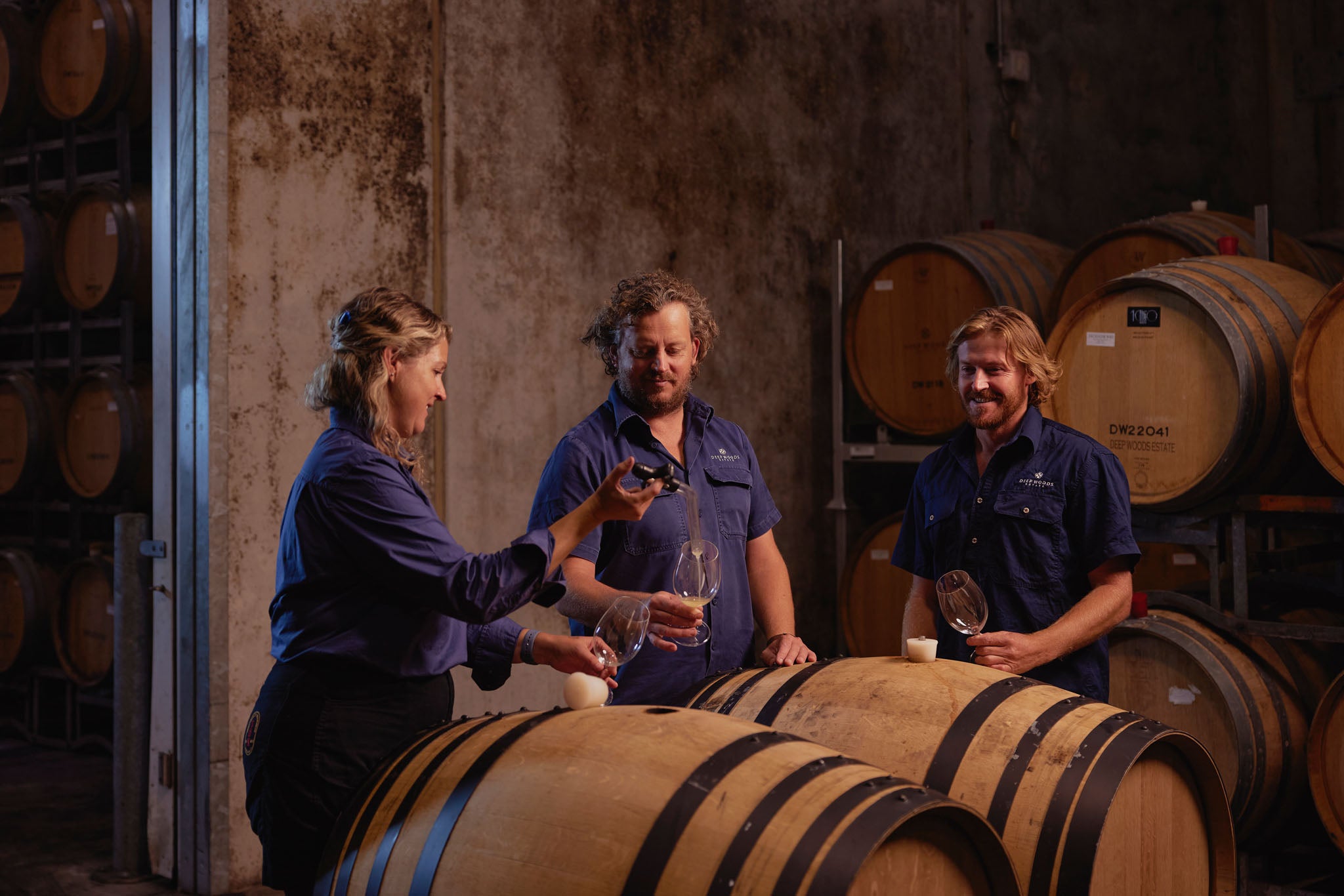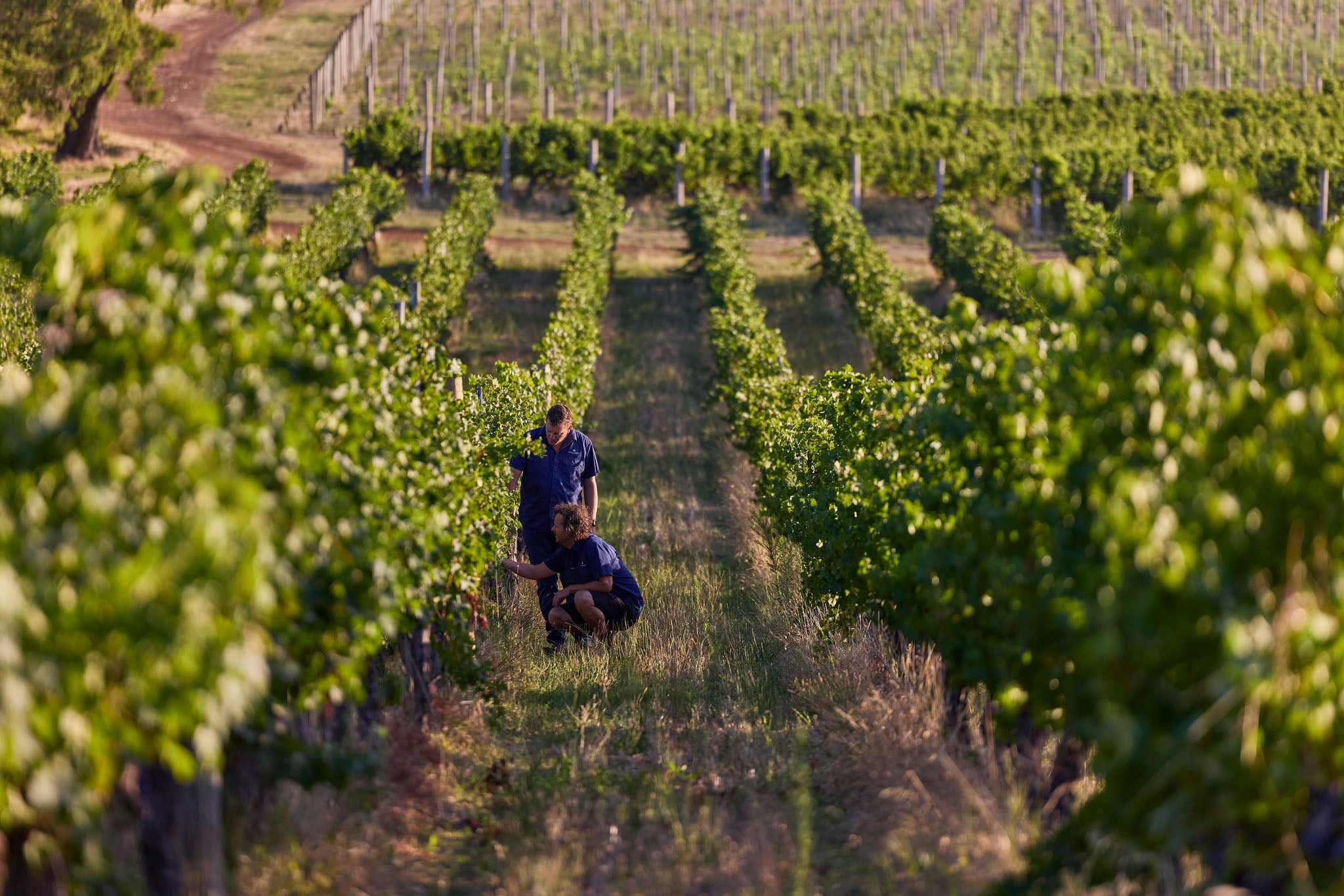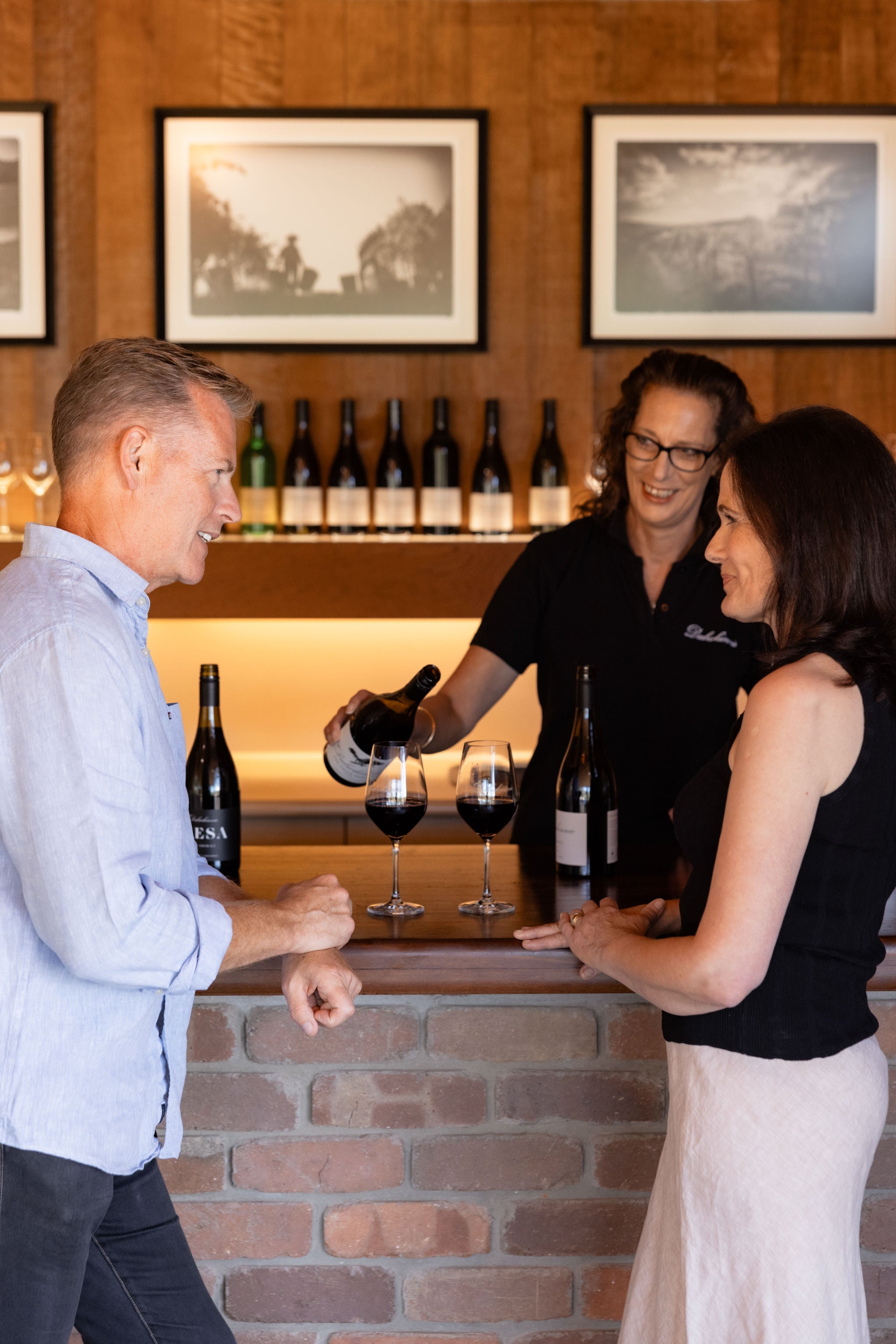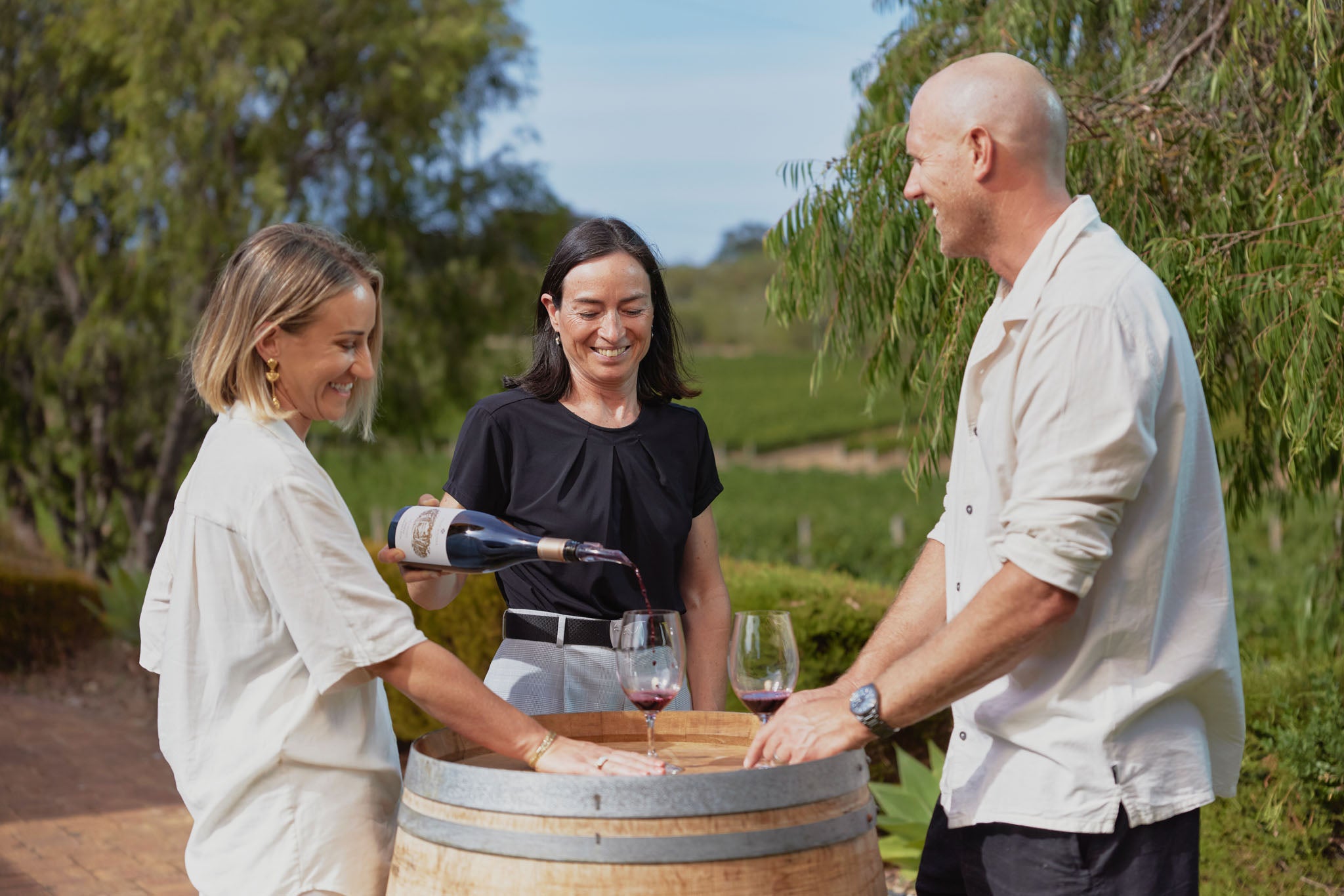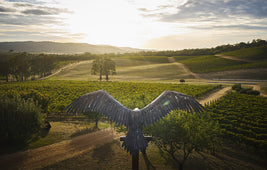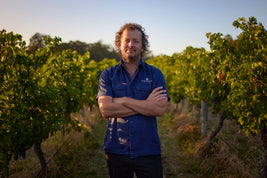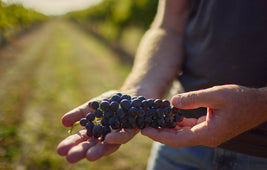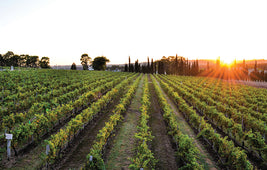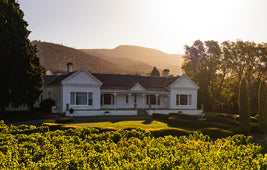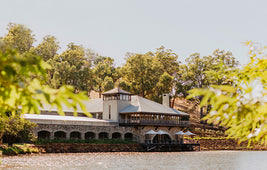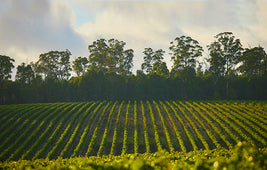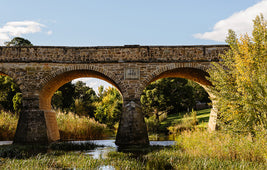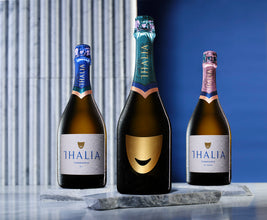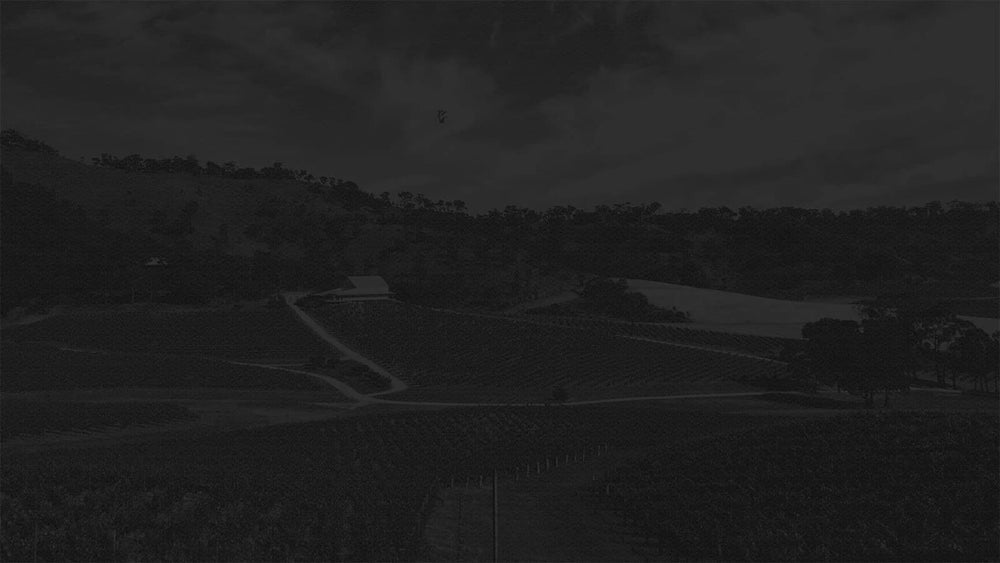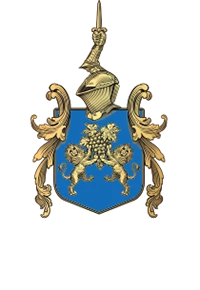Discover Sauvignon Blanc: A World-Famous White Wine Variety

Sauvignon Blanc (pronounced sew-vin-yon blonk), renowned for its crisp acidity, herbal notes, and citrus flavors, thrives in wine regions around the globe, including France's Loire Valley and Bordeaux, New Zealand's Marlborough, California, South Africa, Chile, and Australia.
The History of Sauvignon Blanc
Sauvignon Blanc's origins trace back to the Loire Valley, France, with records dating from the 1500s by local monks. Its name derives from the French words for wild (sauvage) and vine (vigne), reflecting the vine's vigorous growth if not pruned or trained.
Interestingly, Sauvignon Blanc played a crucial role in the creation of the noble Cabernet Sauvignon grape in the 1750s in Bordeaux, by crossing with Cabernet Franc.
Fun Fact: One parent of Sauvignon Blanc is the ancient varietal Savagnin, making it related to Grüner Veltliner, Chenin Blanc, Silvaner, and Verdelho.
What Does Sauvignon Blanc Taste Like?
Sauvignon Blanc is versatile, offering a range of flavors depending on the region and style:
- French Sauvignon Blanc: Typically elegant and subtle.
- New Zealand Sauvignon Blanc: Known for its strong, herbaceous character from Marlborough, which made the variety globally famous outside Europe.
Australian Sauvignon Blanc also saw a rise in popularity in the early 2000s, influenced by the New Zealand style, leading to over 6097 hectares of vineyards across Australia.
The characteristic herbaceous aromas, like freshly cut grass, come from methoxypyrazines, found in higher concentrations in cooler climates. Some describe these aromas humorously as 'cat's pee' due to the unique compound '4MMP'.
Other common flavors include passion fruit, capsicum (bell peppers), guava, melon, and grapefruit.
Sauvignon Blanc Winemaking Styles
Most Sauvignon Blanc is aged in stainless steel to preserve its fresh, youthful qualities. Recently, winemakers have begun using lees contact and barrel aging, a technique known as 'Fumé Blanc' in France, to create richer, textural wines with hints of honeysuckle and stone fruit.
The Best Sauvignon Blanc in Margaret River
Margaret River boasts approximately 1,121 hectares of Sauvignon Blanc vineyards, producing some of Australia's purest varietal expressions. The Halliday Wine Companion praises this region for its exceptional Sauvignon Blanc.
Deep Woods 2023 Estate Sauvignon Blanc
A small portion of this wine was barrel fermented, paying homage to the great ‘Old World’ French style of Sauvignon Blanc (Fumé Blanc) from the Loire Valley, France.
"There's a special bond between place and variety here that creates a style unmatched elsewhere in Australia. The partial barrel ferment of a richly flavoured mix of snow pea, citrus and passionfruit has a refreshing undercarriage of polished acidity."
- 95 points, James Halliday Top 100 Wines of 2023
Evans & Tate 2022 Wild Cape Sauvignon Blanc
Wild Cape is a celebration of the raw beauty of Western Australia's southwest and embodies the spectacular coastline and distinct regional characteristics of Margaret River wine.
Senior Winemaker Matt Byrne describes this wine as “a relentless wave of flavour. Purity and energy – Margaret River Sauvignon Blanc in all its glory.”
Awarded a Trophy for Best Sauvignon Blanc at the prestigious Sydney Royal Wine Show 2022, this is a flavoursome, long and delicious wine bursting with lychee, lime cordial and tropical fruits.
Sauvignon Blanc in Geographe
Geographe, near the southern end of Western Australia's Indian Ocean coast, features a Mediterranean climate with sea breezes that moderate the warm temperatures. This region's slightly hotter climate compared to Margaret River leads to more powerful, fruit-driven wine styles. Sauvignon Blanc makes up over 18% of Geographe's vineyards.
Millbrook 2023 Regional Sauvignon Blanc
This wine was awarded a Trophy for Best Sauvignon Blanc at the Wine Show of Western Australia 2023.
Produced from fruit sourced from Margaret River and Geographe, this wine exhibits vibrant tropical and citrus aromas, with herbaceous notes of freshly cut grass. On the palate, this is a refreshing, dry Sauvignon Blanc with juicy gooseberry and a zesty acidity.
Winemaker Emma recommends drinking this wine with "fresh Western Australian seafood or for the ultimate warming Autumn meal try a rosemary and thyme roast chicken."
Sauvignon Blanc in Tasmania
Despite historical setbacks, Tasmania is now a renowned premium cool climate wine region, producing world-class Sauvignon Blanc, which constitutes about 12% of the state's vineyards.
Strelley Farm 2020 Sauvignon Blanc
This exceptional Tasmanian wine is a blend of Coal River Valley and the East Coast fruit. A portion of this wine was barrel fermented on light lees imparting richness and texture. This Sauvignon Blanc bursts with bright stone-fruit characters, perfumed elderflower and lime zest, alongside juicy passion fruit and vibrant herbal notes.
Make sure to pair this wine with flash-fried Tasmanian abalone in a brown butter sauce for the ultimate food and wine experience.
Shop all of our Sauvignon Blanc wines here.




